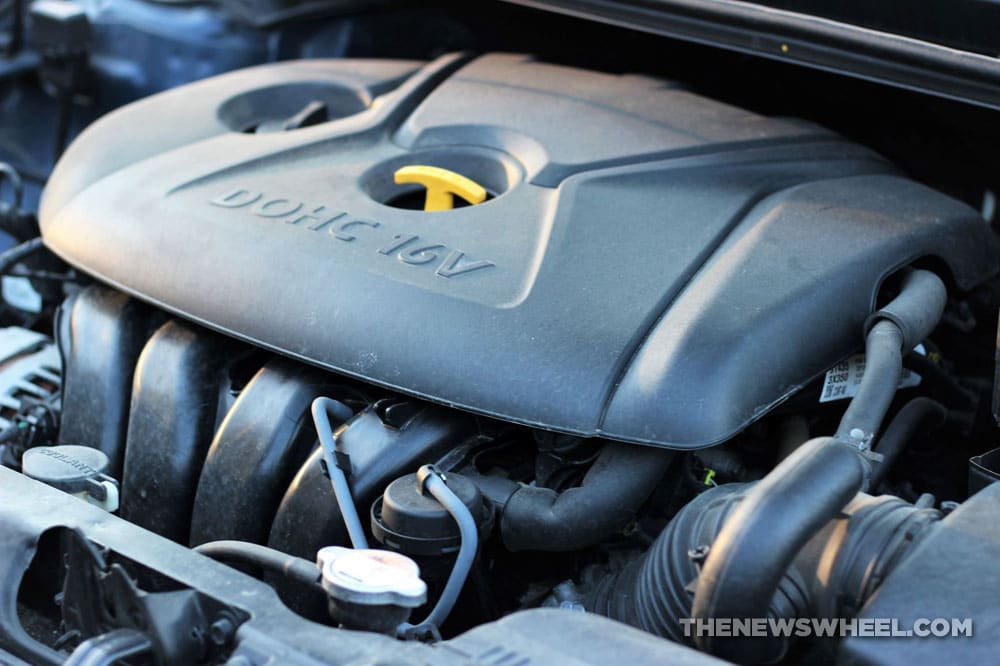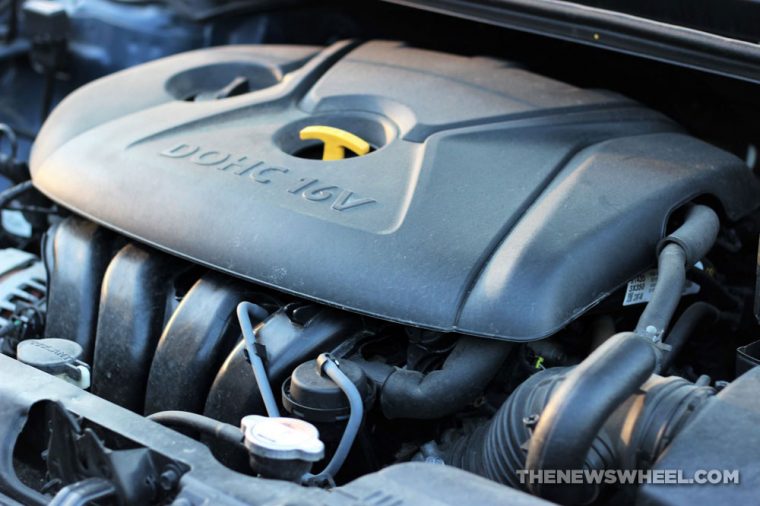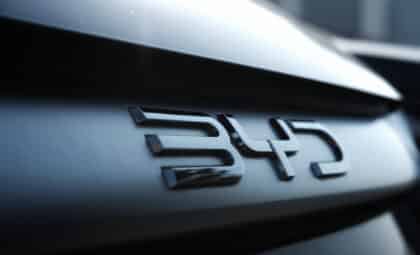Photo: The News Wheel
If the phrase “vehicle break-in process” brings to mind the methodology of a criminal breaking into your parked, locked car, then you’ve missed a very important step in purchasing a brand-new car.
A vehicle break-in process prepares your car for years of optimal performance by ensuring its first miles don’t strain and permanently damage the engine. According to automakers, this is how you should break-in your vehicle when you first buy it, as outlined in the owner’s manuals.
If You Buy a Used Car, You Don’t Have to Worry About the Break-In Period! Other reasons to buy a pre-owned car…
Essentials of properly breaking-in your car
As much as you want to drive your car like you normally would for the first 500-600 miles — or, even push it hard to see what it can do — you need to be delicate and follow certain guidelines during this initial period.
- Keep the engine within a certain rpm; especially don’t push it to redline. Between 2,000-4,000 rpm is often the recommended parameters.
- Stop-and-go driving is better for breaking it in, with some intermittent highway spurts. Don’t do all your driving on cruise control. The more varied, the better.
- Avoid hard stops. Gingerly brake when need, and use momentum to coast whenever possible. Likewise, don’t floor the gas pedal.
Don’t let the engine idle for longer than 3 minutes. - Avoid short trips, especially ones less than 10 minutes long, which don’t give the engine enough time to warm up.
Planning an Adventure? Bring one of these great Jeep SUVs along!
Why does the vehicle break-in process matter?
A brand-new engine that has been assembled isn’t ready to be pushed to its limits right away. The fluids need to cycle through, the pistons find their groove, and everything settles into place. If too much stress is put on the engine before it has a chance to cycle through and settle, parts of the engine could be permanently damaged.
Excessive wear during a break-in period can create spots in the engine that could result in failure in the future. This is especially true of performance vehicles with large, high-performing motors.
If you just bought a new car, go gently on it. It’ll treat you much better during its lifespan if you give it a break for now.
Aaron is unashamed to be a native Clevelander and the proud driver of a Hyundai Veloster Turbo (which recently replaced his 1995 Saturn SC-2). He gleefully utilizes his background in theater, literature, and communication to dramatically recite his own articles to nearby youth. Mr. Widmar happily resides in Dayton, Ohio with his magnificent wife, Vicki, but is often on the road with her exploring new destinations. Aaron has high aspirations for his writing career but often gets distracted pondering the profound nature of the human condition and forgets what he was writing… See more articles by Aaron.










